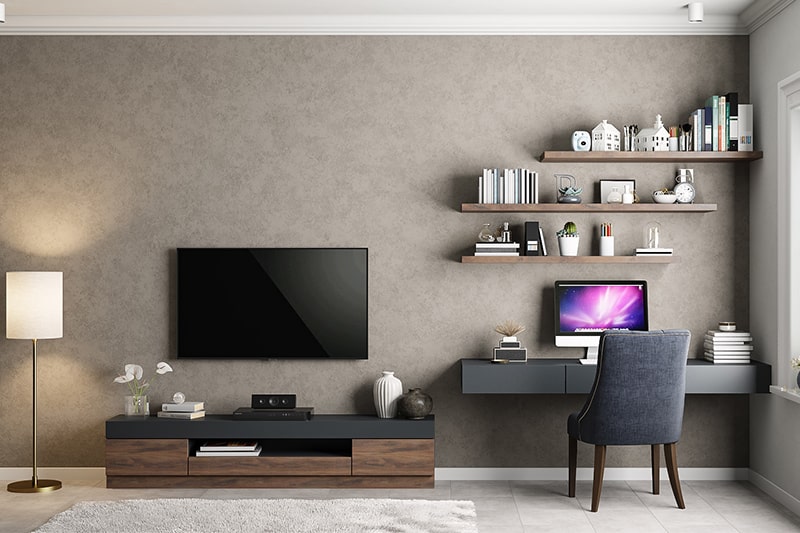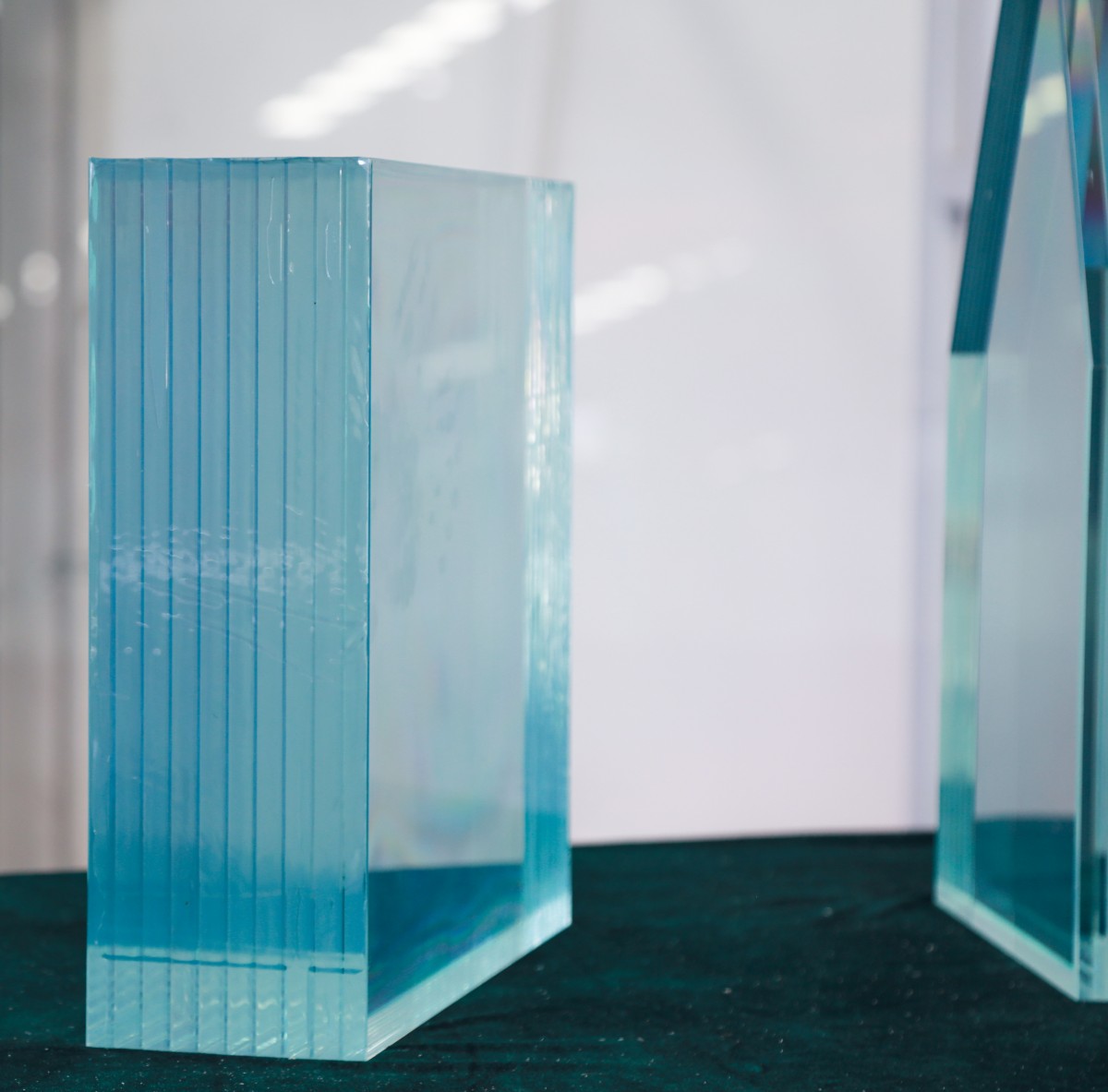Waterproofing a wall is crucial to prevent water damage and mold growth. But what makes a wall waterproof? In this article, we will delve into the science behind waterproofing and explore the different methods used to make a wall waterproof.
Firstly, it is important to understand that water can penetrate walls through various means, such as capillary action, hydrostatic pressure, and condensation. Therefore, a waterproof wall must be able to resist water penetration from all these sources.
One common method of waterproofing is through the use of waterproof coatings. These coatings are usually made of polymers, such as acrylics, polyurethanes, and epoxies, which form a protective layer on the wall surface. The coatings can be applied by brush, roller, or spray, and can be tinted to match the wall color.
Another method is through the use of waterproof membranes. These membranes are usually made of rubber, PVC, or bitumen, and are applied to the wall surface using adhesive or heat. The membranes can be either sheet or liquid form, and can be used for both above and below ground applications.
In addition, waterproofing can also be achieved through the use of water-repellent admixtures. These admixtures are added to the concrete mix during construction, and work by reducing the pore size of the concrete, thereby reducing water penetration. They can also improve the durability and strength of the concrete.
Apart from these methods, proper wall design and construction can also contribute to waterproofing. For example, the use of proper flashing, drainage systems, and vapor barriers can prevent water from entering the wall system.
In conclusion, making a wall waterproof requires a combination of different methods and techniques. Whether it is through the use of coatings, membranes, admixtures, or proper design and construction, it is important to ensure that the wall is able to resist water penetration from all sources. By doing so, we can prevent water damage and ensure the longevity of our buildings.


